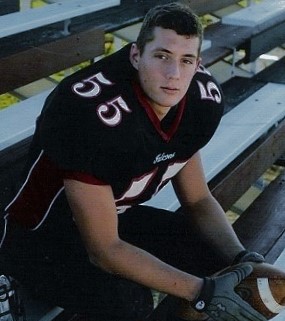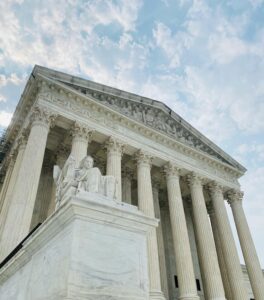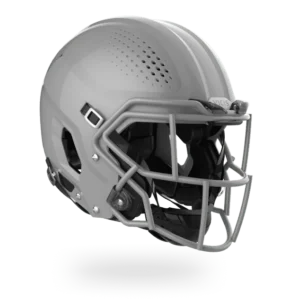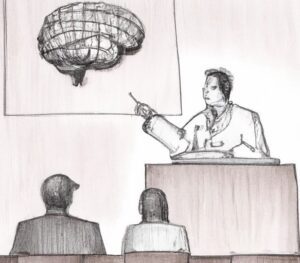Introduction:
Traumatic brain injury (TBI) is a serious medical condition affecting millions worldwide. Among the various causes of TBI, sports-related injuries are of particular concern, especially for young athletes. The Cody Lehe case, in which a high school football player suffered a severe TBI during a game, highlights the importance of understanding the risks of sports-related head injuries and implementing appropriate safety measures to protect athletes. The Lehe case resulted in a large TBI settlement. This paper will provide a detailed analysis of the Cody Lehe case, including the circumstances of his injury, the legal proceedings that followed, and the implications of the case for sports safety and injury prevention.
Circumstances of the Injury:
Cody Lehe was a 16-year-old high school football player who suffered a TBI during a game in 2014. Cody was playing as a linebacker for his school’s varsity team when he was exposed to multiple hits to the head during the course of the game. Despite experiencing symptoms of a concussion, including headache and dizziness, Cody continued to play. After the game, he was diagnosed with a severe TBI and underwent surgery to relieve pressure on his brain. Cody’s injury left him with significant cognitive and physical impairments and required ongoing medical treatment and rehabilitation.
Legal Proceedings:
Cody and his family subsequently filed a lawsuit against the school district, the athletic conference, and the helmet manufacturer, claiming that they had failed to take appropriate steps to protect him from the risk of a TBI. The lawsuit alleged that the school district had failed to properly train coaches and players about the risks of head injuries, that the helmet manufacturer had produced defective helmets, and that the athletic conference had failed to enforce safety regulations.
The legal proceedings in the Cody Lehe case were complex and lengthy, with multiple defendants and legal arguments involved. The case ultimately settled in 2017 for a record-breaking $172 million, to be paid out over several years. The large TBI settlement included $70 million from the school district, $60 million from the helmet manufacturer, and $42.5 million from the athletic conference.
Implications for Sports Safety and Injury Prevention:
The Cody Lehe case has significant implications for sports safety and injury prevention, particularly for young athletes. The case highlights the serious risks associated with sports-related head injuries, including the potential for long-term cognitive and physical impairments. It also underscores the need for increased awareness and improved safety measures to protect athletes from these risks.
In recent years, there has been increased attention and focus on sports-related head injuries and the need for improved safety measures in sports. Many organizations have implemented new safety protocols, such as rules limiting contact in practices and games, improved equipment such as helmets, and better training for coaches and players. However, despite these efforts, the risk of TBI in sports remains a significant concern. There will likely be more large TBI settlements.
The Cody Lehe case is a powerful reminder of the importance of continued efforts to improve sports safety and injury prevention. It also highlights the need for increased awareness and education about the risks of sports-related head injuries, including the signs and symptoms of TBI and the steps that can be taken to prevent and treat these injuries.
Conclusion:
The Cody Lehe case is a tragic example of the serious risks associated with sports-related head injuries, particularly for young athletes. The record-breaking large TBI settlement reached, in this case, highlights the need for increased awareness and improved safety measures to protect athletes from the risk of TBI. While progress has been made in recent years, much work still needs to be done to ensure athletes’ safety and well-being at all sports levels. By raising awareness, implementing new safety measures, and educating athletes, coaches, and medical professionals about the risks of TBI, we can help prevent future tragedies like the Cody Lehe case.
Additional Information:
- Faul M, Xu L, Wald MM, Coronado VG. Traumatic Brain Injury in the United States: Emergency Department Visits, Hospitalizations, and Deaths 2002-2006. Centers for Disease Control and Prevention; 2010.
- Langlois JA, Rutland-Brown W, Wald MM. The epidemiology and impact of traumatic brain injury: A brief overview. The Journal of Head Trauma Rehabilitation. 2006;21(5):375-378.
- McKee AC, Stein TD, Nowinski CJ, et al. The spectrum of disease in chronic traumatic encephalopathy. Brain. 2013;136(1):43-64.
- Cantu RC. Second-impact syndrome. Clinical Sports Medicine. 1998;17(1):37-44.
- Casson IR, Viano DC, Powell JW, Pellman EJ. Twelve years of National Football League concussion data. Sports Health. 2010;2(6):471-483.
- Bailes JE, Petraglia AL, Omalu BI, Nauman E, Talavage T. Role of subconcussion in repetitive mild traumatic brain injury: a review. Journal of Neurosurgery. 2013;119(5):1235-1245.
- National Federation of State High School Associations. 2016-2017 High School Athletics Participation Survey. 2017.
- Halstead ME, Walter KD, Moffatt K. Sport-related concussion in children and adolescents. Pediatrics. 2010;126(3):597-610.
- Giza CC, Kutcher JS, Ashwal S, et al. Summary of evidence-based guideline update: evaluation and management of concussion in sports. Neurology. 2013;80(24):2250-2257.
- Jotwani AC, Wang J, Kwon YH, et al. Traumatic brain injury in sports: a review. Sports Medicine and Arthroscopy Review. 2016;24(3):94-100.
- Kelly JP. Concussion in sports: guidelines for the prevention of catastrophic outcome. Journal of Athletic Training. 1993;28(3):238-242.
- Lehe v. Capistrano Unified School District, et al., Case No. 8:15-cv-00794-JLS-JPR (C.D. Cal. filed April 22, 2015).
- Associated Press. Record $172 million settlement in lawsuit over California high school student’s brain injury. The Washington Post. 2017.
- NCAA. Concussion safety protocols. NCAA.org. https://www.ncaa.org/sport-science-institute/concussion-safety-protocols. Accessed May 6, 2023.
- Centers for Disease Control and Prevention. Heads up: concussion in youth sports. CDC.gov. https://www.cdc.gov/headsup/youthsports/index.html. Accessed May 6, 2023.







